Shift-Left in Digital Accessibility
with Anuradha Biswas
Prakat Solutions’ CEO and Founder, Anuradha Biswas discusses Shift Left principles in digital accessibility during a TestFlix Conference, highlighting their importance as it relates to building more inclusive environments. Creating accessible and inclusive digital products and services, particularly in the early design and development phase, can ultimately help deliver a host of benefits – to consumers and industries alike.
Shift-Left Defined
What is “Shift Left?” At its core, Shift Left is a practice intended to find and prevent defects early in the software development process. The idea is to improve initial quality by moving tasks to the “left” of the development cycle loop as early as possible.
On the left side of the development loop, teams plan, develop, and test software in pre-production exercises. The main concern in pre-production on the left side is building software that meets specific design criteria (the right side of the loop is primarily focused on operations and real-world performance evaluation, quality control, and eventually deployment).
Shift Left speeds up application development by releasing small builds frequently as code continually evolves. As part of the continuous cycle of progressive delivery, DevOps teams are adopting these principles more and more to ensure software quality in environments that are increasingly dynamic.
How does Shift Left relate to accessibility and accessibility engineering?
Designing Accessibility: Early is Better
The design and creation of accessible products and services must be made available to a diverse set of users, particularly in a digital world, simply because end users are innumerable – there is no limit.
It’s important to remember that improving accessibility isn’t just a nice thing to do; it’s becoming a universal standard and the law in many cases. And while Shift Left design helps organizations comply with such accessibility standards, we also can’t ignore the fact that improving accessibility and being truly inclusive also adds significant business value.
What may start out as a design and development for people with disabilities eventually extends to many other communities as we all know. Siri, for instance, was originally meant for people with blindness. Fidget spinners were designed to help children with autism focus and learn better.
When it comes to improving accessibility, we have a role to play in business optimization, building more user-sensitive products, and enhancing user experience, but of course, not compromising on the robustness and overall quality of systems.
Designers and developers must be considerate of people with disabilities early on in the development process. Embracing these diverse personas upfront will have a sustained, long-term impact, eclipsing the previous limitations of software design and development.
Afterthoughts
Prakat’s vision for an inclusive world begins with accessibility technology that empowers individuals with different abilities. Providing better access to the resources around us narrows differences and enables more people to make a positive impact on society.
Improved Accessibility Engineering creates increased and equal opportunity for all users. Prakat enables Shift Left design and development to integrate with assistive technologies in accordance with established accessibility standards and laws for more inclusive experiences.






